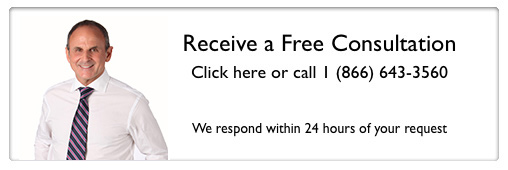Many people today work out of their house. According to IRS records, over 3 million taxpayers claimed a deduction for the business use of their home in 2010. In the past, taxpayers had to file Form 8829, Expenses for Business Use of Your Home, to claim the deduction. Form 8829 contains 4 parts and 43 lines. The form can require complex calculations to allocate normally itemized expenses (mortgage interest, real estate tax and casualty losses) between the business-use portion for Form 8829 and the non-business portion included on Schedule A. The form may also require calculating the business portion of other household expenses (ex. insurance, utilities), as well as depreciation and the carryover of unallowed expenses.
The IRS just released a new, optional safe-harbor method to simplify the deduction for business use of a residence. Revenue Procedure 2013-13 takes effect for tax years starting January 1, 2013. The IRS states, “This is a common sense rule to provide eligible taxpayers an easier way to calculate and claim the home office deduction”.
Taxpayers must still satisfy all other requirements for a home office deduction to use the safe-harbor method. The area in the home must be used regularly and exclusively as either:
- the taxpayer’s principal place of business; or
- a place to meet with clients in the normal course of business; or
- in connection with the business if it is a separate structure not attached to the personal residence.
An employee may deduct home office expenses only if the business use of a portion of the home is for the convenience of the taxpayer’s employer.
Individuals who elect the new safe-harbor method can just multiply the allowable square feet of the used for business by $5 per square foot. A maximum of 300 square feet is allowed, which limits the optional deduction to $1,500 per year.
These are other major highlights of the new safe-harbor method:
- The election is optional for each taxable year. Taxpayers can change between the actual expense method and safe-harbor method from year to year. However, once an income tax return is filed, the treatment elected for that year is irrevocable.
- A taxpayer electing the safe-harbor method for a taxable year can’t deduct any actual expenses related to home business use that year. However, the taxpayer can fully deduct other allowed business expenses unrelated to the home office (ex. advertising, supplies, etc.)
- No depreciation for the business portion of the home is allowed in a taxable year where the safe-harbor method is elected. Depreciation is deemed to be zero for that year.
- The safe-harbor method deduction can’t exceed business net income in the year of election. Any excess home office deduction under this method can’t be carried over to future tax years.
- The taxpayer can include all allowable mortgage interest, real estate taxes and casualty losses as itemized deductions on Schedule A in taxable years where the safe-harbor method is elected. No allocation between personal and business use is necessary for Schedule A.
The home office deduction has often triggered IRS inquiry in the past. No matter which election is selected, taxpayers still must meet strict requirements each year to be eligible for a home office deduction. You’ll want a tax professional to make sure your tax return is correct. Gary Kaplan knows the rules for business use of the home. Call him with your questions.


